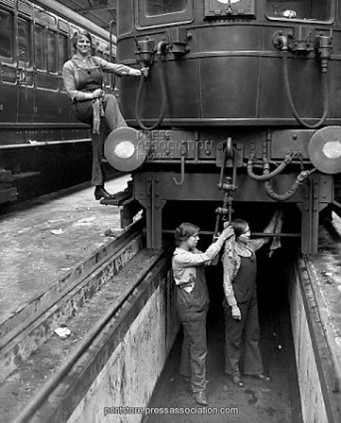As the holiday season rolls in, many families pull out an assortment of cherished decorations: ornaments, wreaths, lights, and for some, a beloved toy train to circle the base of their Christmas tree. This charming tradition, dating back over a century, adds an element of magic to Christmas and captures the spirit of the season with the sights and sounds of a miniature locomotive weaving around the base of a beautifully decorated tree.
Origins of Trains and Christmas Trees
The tradition of toy trains around Christmas trees has roots in the late 19th and early 20th centuries. With the expansion of railroads across the United States and Europe, trains had become an essential part of life, connecting people and places in ways never before possible. Many American families had a personal connection to trains—whether through a family member working on the railroads or the fascination with this new mode of transportation that spurred economic growth and cultural connectivity.
Model trains became popular around this time as well, with companies like Lionel Manufacturing Company (founded in 1900) producing some of the earliest electric toy trains. They marketed these toys as innovative and educational, but it wasn’t long before people realized they could also make fantastic Christmas gifts. Lionel famously promoted its trains as ideal holiday presents, and placing them under the Christmas tree quickly became a beloved custom.
The Golden Age of Toy Trains and Christmas
Throughout the 1920s and 1930s, the practice of setting up toy trains around the tree became more popular, especially as electric train models evolved. These mini railroads brought a sense of movement and whimsy to holiday displays, capturing the imagination of children and adults alike. Model train companies encouraged the idea in their advertising, showcasing scenes where a toy train traveled in a perfect circle under a festively adorned Christmas tree.
Post-World War II America saw the height of toy trains in the Christmas season, as train sets became one of the most desired gifts for children. During this golden age, toy trains were often the central decoration at the tree’s base, capturing young eyes with their intricate details and the rhythmic sounds of wheels on the tracks. They became a perfect symbol of holiday joy and family time, often passed down as heirlooms through generations.
Toy Trains in Pop Culture and the Nostalgia Effect
Through the years, toy trains around Christmas trees became so iconic that they appeared in holiday movies, advertisements, and even greeting cards, reinforcing their association with the season. Classic holiday films often included scenes of trains as a central part of holiday décor or as gifts, solidifying their place in Christmas lore.
For many people, setting up the train under the tree is an annual tradition that brings a sense of nostalgia, recalling memories of Christmases past and connecting families with loved ones who may no longer be around. Today, the tradition remains a popular way to decorate for the holidays, with trains available in every size and style—from classic Lionel models to modern trains with remote controls and sound effects.
The Magic Continues Today
As we continue to decorate our homes each year, the tradition of putting a toy train under the Christmas tree serves as a beautiful reminder of both the magic and history of the season. Whether it’s a simple wooden train or a detailed model with lights and sound, these miniature trains capture the wonder of the season, evoking memories of shared family traditions and simpler times.
Today, as trains chug along around Christmas trees everywhere, they bring the same joy and excitement they have for generations, uniting the past and present and enchanting a new generation of train lovers.
Happy Holidays, and may your trains run smoothly around your tree!










